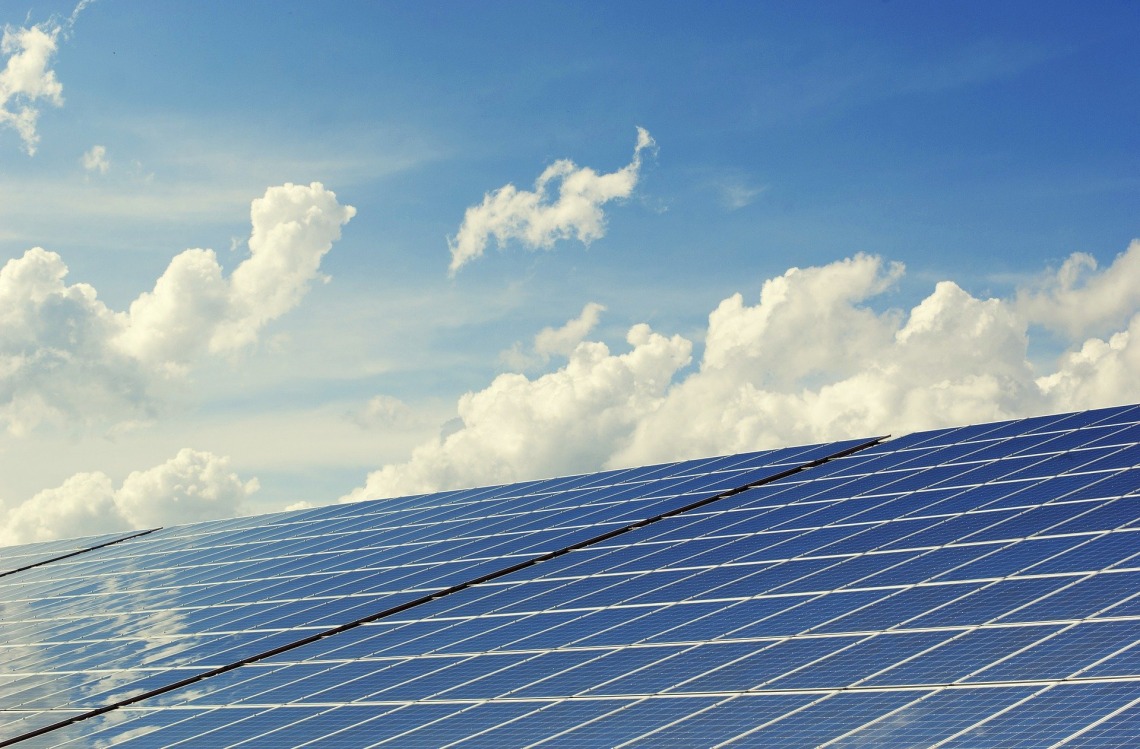As wind turbine project nears completion, the University gets closer to renewable energy goals

TEP expects the Wilmot Energy Center to be online in mid-spring 2021.

Trevor Ledbetter, director of the Office of Sustainability
It has been nearly a year since the Arizona Corporation Commission approved the large-scale renewable energy agreement between the University of Arizona and Tucson Electric Power Co. The deal will mitigate 100% of the University's scope 2 emissions – which are emissions generated by energy purchased from a utility provider – by enabling the University to procure exclusively renewable energy from TEP for the next 20 years.
"The LSRE agreement with TEP is big news," said Trevor Ledbetter, director of the Office of Sustainability. "It represents the largest bilateral agreement between a utility company and a university in North America."
So, what's the status of the project as it approaches its slated deadline of December 2020?
The Oso Grande Wind Project is on schedule to go online Dec. 1. It will generate up to 247 megawatts of energy for the University and other TEP customers. The 24,000-acre site southeast of Roswell, New Mexico, includes 61 wind turbines.
TEP expects the Wilmot Energy Center to be online in mid-spring 2021. It will include a 100-megawatt solar array and a 30-megawatt energy storage system, each the largest of their kind on TEP's local energy grid. The system will include approximately 314,000 solar panels on 1,130 acres southeast of Tucson International Airport.
"The University made a commitment to reach greenhouse gas neutrality by or before 2040 as part of the strategic plan," Ledbetter said. "This is a significant step forward toward that goal."
Additionally, the agreement locks in current electrical rates for the University for the next two decades and represents significant financial savings over that same time period, he added.
The scope 2 emissions covered in the agreement account for about one-third of the University's total greenhouse gas footprint.
Scope 1 emissions, on the other hand, are directly generated by on-campus activity. Some examples include the University's two co-generation turbines, which produce approximately 40% of the electricity and a majority of steam used on campus. Scope 1 emissions also encompass the University's vehicle fleet, grounds operations and refrigerant use.
Scope 3 emissions are largely generated by transportation to and from campus and travel related to work and study abroad, especially flying, as well as the greenhouse gases generated by the University’s waste and purchasing practices.
Two smaller solar panel projects on campus are underway to demonstrate the power of renewable energy and to physically anchor the larger TEP agreement.
On Nov. 2, a crane will set up in front of the Environment and Natural Resources 2 building for the second time this year to complete phase two of the ENR2 Rooftop Photovoltaic+ Project. Building on phase one, during which a green roof was installed, phase two will install steel supports and solar panels over the green roof. The project will demonstrate how agriculture and photovoltaics, when combined, can be made more efficient. The rooftop will be an active research site once completed in early 2021, with funds to support a graduate student researcher as well as two undergraduate research assistants.
Another project will be installed in the Student Success District, located in what used to be the parking lot south of the Albert B. Weaver Science-Engineering Library. These panels will be installed over bike racks to showcase a dual use of space.
"The University of Arizona is a leader in climate research and our students are demanding greater action and accountability in line with that position," Ledbetter said. "This agreement is a great start, but there is still much more to be done, for our greenhouse gas footprint and for sustainability more broadly. Luckily, we have unparalleled access to intellectual leaders that can help us work through solutions at all scales."

